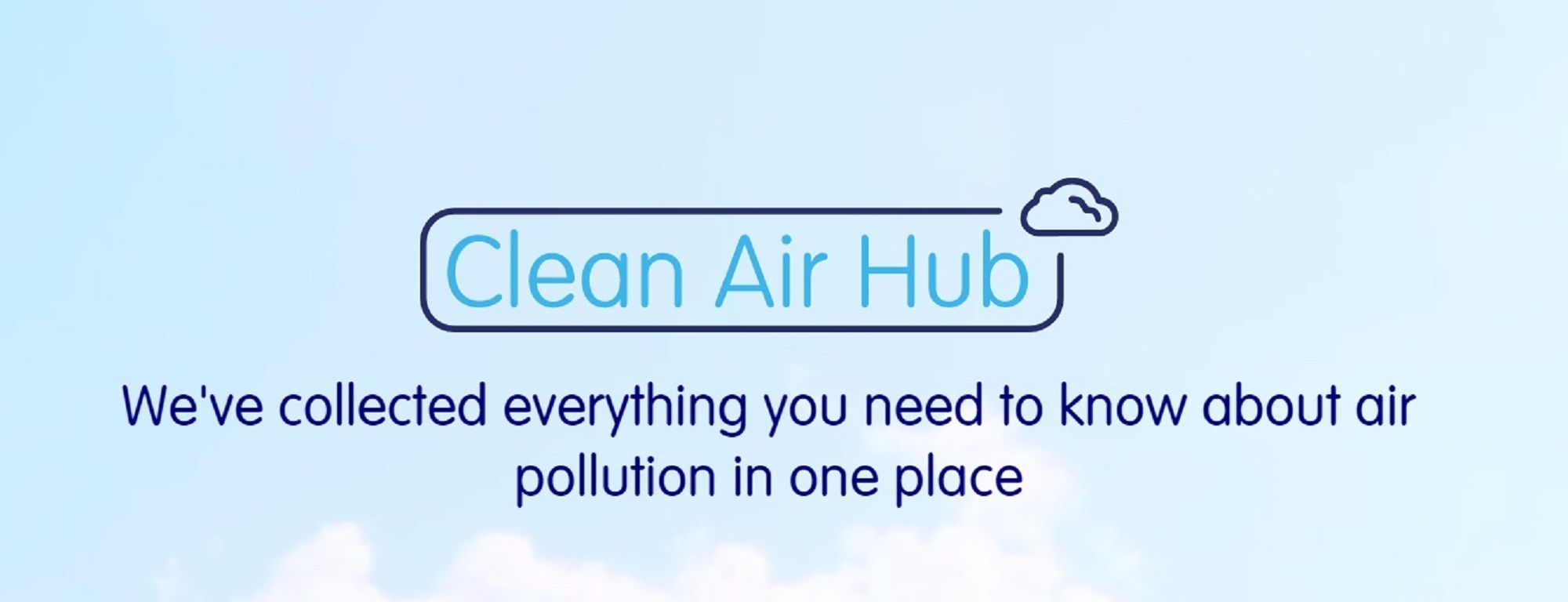 Wastewater-based epidemiology (WBE) has become a valuable tool in understanding population health and exposure at large scales, and in near real time. This is due to the discharge of chemicals into wastewater from populations who consume or are exposed to an array of chemicals, including but not limited to pharmaceuticals, agricultural chemicals, illicit drugs, household cleaning products and explosives. Wastewater essentially represents a pooled urine sample from an entire community and when analysed with techniques such as liquid chromatography – mass spectrometry (LC-MS) we can gather insights into the health and wellbeing of this population.
Wastewater-based epidemiology (WBE) has become a valuable tool in understanding population health and exposure at large scales, and in near real time. This is due to the discharge of chemicals into wastewater from populations who consume or are exposed to an array of chemicals, including but not limited to pharmaceuticals, agricultural chemicals, illicit drugs, household cleaning products and explosives. Wastewater essentially represents a pooled urine sample from an entire community and when analysed with techniques such as liquid chromatography – mass spectrometry (LC-MS) we can gather insights into the health and wellbeing of this population.
The ECC team is highly involved in the development of platforms for large-scale analysis using wastewater-based epidemiology. Apart from daily sample processing and analysis, method development and validation remain key components to our work, along with publications in peer-reviewed journals to ensure a continuous high quality of results and robustness of methods. Our recently developed rapid direct injection LC-MS/MS method [1] allows us to quantify 165 substances ranging from pharmaceuticals to pesticides and illicit drugs in less than 5 minutes using only 10 µL of a sample, without further sample preparation apart from filtering. This efficient workflow allows a high throughput of over 50-100 samples in a single day. Furthermore, the group uses a high-resolution mass spectrometry (HRMS) to perform sample ‘suspect screening’; a powerful tool that permits rapid identification of over 1,000 compounds. The screening results can then be used to prioritise the chemicals that need to be monitored quantitatively to assess exposure levels. Moreover, the data obtained can be used in machine learning models, such as retention time prediction to enable identification of large numbers of additional, unknown compounds.
The aim of the WBE project is to:
1. Develop novel, scalable analytical methodologies for ultra-trace characterisation and measurement of hundreds-thousands of chemical residues in municipal wastewater which can be used to assess exposure.
2. Determine the quantity and frequency of chemical exposure and any associated potential health impacts in and across catchments with high spatiotemporal resolution.
3. Provide a near real-time early-warning system to track population exposure to toxic substances.
4. Shortlist chemicals which may result in environmental exposure in the aquatic environment following treatment and discharge.
There is a wide range of sub-projects based on WBE ongoing within ECC. Example projects within this WBE portfolio include:
1 – Estimation of population level illicit drug consumption
WBE has been successfully used over the past two decades for estimation of community-scale consumption of illicit drugs. ECC is a member of the Sewage Analysis CORE group (SCORE) which is an international consortium of laboratories and was formed in 2011. This allowed the first WBE-based international comparison of usage patterns of drugs including cocaine, amphetamine, methamphetamine and MDMA. ECC has provided data for London which was estimated to be one of the highest consumers of cocaine globally by mass [3]. The European Monitoring Centre for Drugs and Drug Addiction (EMCDDA) now includes SCORE data in its annual reports. WBE is a growing tool used to monitor community activity for drugs of misuse at near real time, providing data such as total daily masses of the substances and estimated per capita loads. Our efforts here have focused on scaling up platforms for large scale monitoring, with ECC being able to quantitatively analyse between 50-100 samples per day. We currently have a postdoctoral fellow (Dr Helena Rapp Wright) who is developing and applying new, rapid analytical approaches for WBE-assessment of drug consumption. We also have an MRC Centre for Environment and Health-funded PhD student (Ms Derryn Grant) working in partnership with the UK Health Security Agency focusing on developing analytical preparedness for opioid monitoring in wastewater including very potent substances like fentanyls.
2 – Community-wide chemical use and exposure to potentially toxic substances
Expanding WBE analytical platforms to include more substances enables a much more detailed insight into how events like a pandemic affects whole communities. Moreover, WBE is an excellent technique for assessing chemical exposures that we are not always aware of in our daily lives, such as plasticisers, mycotoxins and pesticides. This knowledge about chemical use and exposure then allows for the identification of potential hazards and the development of interventions that can help to improve a community’s overall health. Aligning our wastewater-based findings with publicly available NHS data creates an additional layer of robustness and enables the identification of potential behavioural changes and/or accessibility issues. We have a current PhD project (Ms Melanie Egli) focussing on monitoring the changes in exposure and use of >200 pharmaceuticals and toxic chemicals such as pesticides before, during and after the COVID-19 pandemic, as well as the potential risks of these changes on the receiving rivers where wastewater is discharged.
3 – Intelligence and Security
High-profile terrorist attack incidents are often associated with explosive threat agents, particularly homemade explosives (HMEs) and improvised explosive devices (IEDs). This is all attributed to the ease of synthesis and availability of a large and diverse number of industrial, agricultural, pharmaceutical and veterinary chemicals, which are designed for legitimate daily household use but can be easily used as precursors for the HMEs synthesis. Manufacturing of HMEs and IEDs often occurs discretely, and interception of such illegal activities is challenging. A new detection capability is proposed where detection of these threat markers through WBE can potentially be used as an early warning monitoring tool and a source of intelligence for law enforcement. This is a two-year project funded by the Government Office for Science and the Royal Academy of Engineering through the UK Intelligence Community Fellowship Scheme.
PI: Dr Leon Braron
Social media
Keep up to date by following us on our social channels
Twitter: ERGImperial | YouTube: Environmental Research Group


